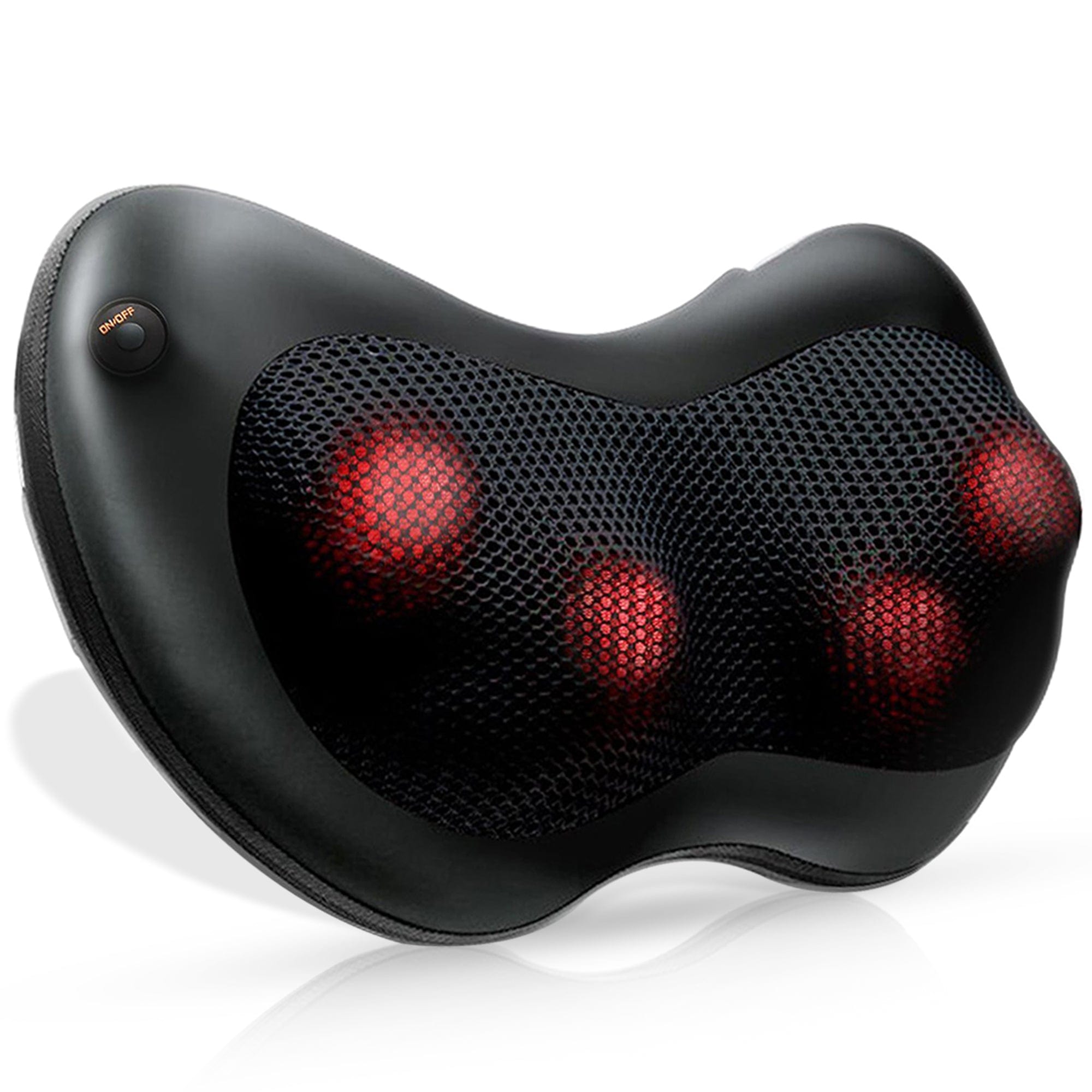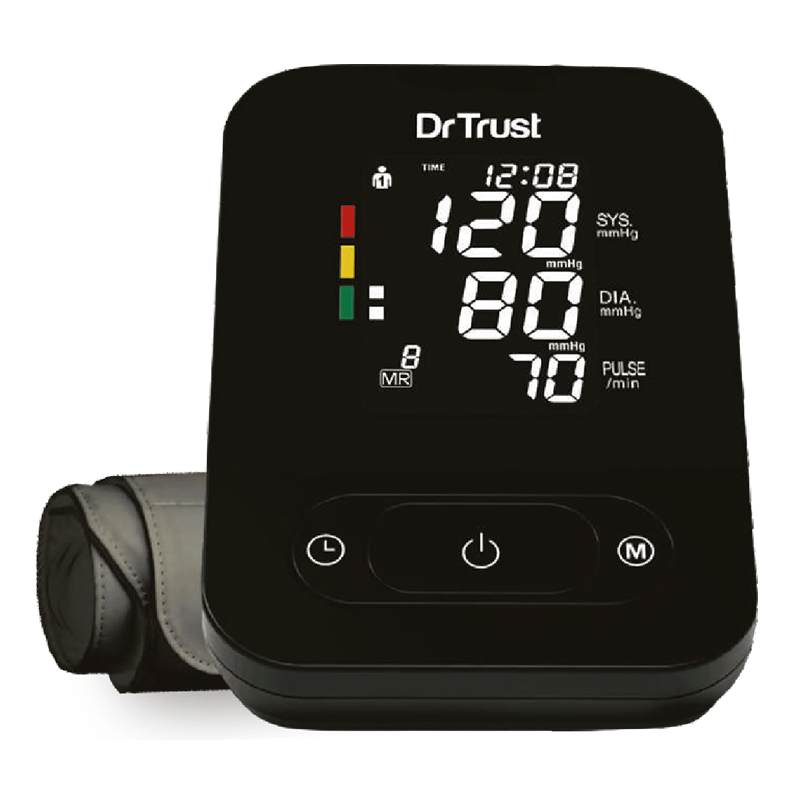Takeaways
Hip pain can stem from a variety of causes, including injuries, arthritis, and overuse. Effective treatments range from physical therapy to medication and lifestyle changes. Using knee pillows and sleeping pillows can offer significant relief.
Hip Pain
Hip pain is a common issue that can affect people of all ages. It can result from various causes, ranging from injuries to chronic conditions, and can significantly impact your daily life. Understanding the causes, available treatments, and when to seek medical help is crucial for managing hip pain effectively. This article includes all the essential aspects of hip pain and offers practical solutions, including lifestyle changes and the use of knee and sleeping pillows for effective results.

Causes of Hip Pain
Injuries: Hip injuries such as fractures, dislocations, and strains can cause acute pain. Falls and accidents are common sources of hip injuries.
Arthritis: Osteoarthritis and rheumatoid arthritis are significant contributors to chronic hip pain, especially in older adults. These conditions cause inflammation and degeneration of the hip joint.
Bursitis: Inflammation of the bursae (fluid-filled sacs that cushion the hip joint) can result in pain and discomfort, often due to repetitive movements or prolonged pressure.
Tendinitis: Overuse of the hip muscles and tendons can lead to tendinitis, causing pain and reduced mobility.
Hip Labral Tear: The labrum is a ring of cartilage that follows the outside rim of the hip joint socket. Tears in the labrum can cause hip pain and clicking sounds.
Sciatica: When the sciatic nerve is compressed, it can cause pain that radiates from the lower back to the hip and leg.
Hip Impingement: Also known as Femoroacetabular Impingement (FAI), this condition occurs when extra bone grows along one or both of the bones that form the hip joint, causing pain and limiting movement.

Managing chronic hip pain effectively often involves a multifaceted approach, including medication, physical therapy, lifestyle adjustments, and occasionally surgical intervention, tailored to address the specific underlying causes.
Treatments for Hip Pain
Physical Therapy: Exercises designed to strengthen the muscles around the hip, improve flexibility, and reduce pain are fundamental in treating hip pain. According to a study published in the Journal of Orthopaedic & Sports Physical Therapy, physical therapy can effectively reduce pain and improve function in hip osteoarthritis patients. (1)
Using heat and cold therapy for pain relief is effective and beneficial. It is not only feasible but also offers its own set of benefits, providing considerable relief. Explore further by clicking below.
6 Simple Secrets to Totally Rocking Your Hot and Cold Therapy
Medications: Nonsteroidal anti-inflammatory drugs (NSAIDs) like ibuprofen and naproxen can help reduce inflammation and pain. For more severe pain, your doctor might prescribe stronger medications.
Lifestyle Changes: Incorporating regular exercise, maintaining a healthy weight, and avoiding activities that exacerbate hip pain are crucial for managing the condition. A study in Arthritis Care & Research found that weight loss can significantly reduce hip pain in overweight and obese individuals.
Supportive Devices: Using knee pillows and sleeping pillows can alleviate hip pain, especially at night. These pillows help maintain proper alignment and reduce pressure on the hip joints.
Injections: Corticosteroid injections can provide temporary relief by reducing inflammation in the hip joint. This treatment is often used when other methods are ineffective.
Surgery: In severe cases, surgical options like hip replacement or arthroscopy may be necessary. Surgery is usually considered when other treatments have failed to provide relief.
When to Seek Medical Help
It's essential to seek medical attention if:
- Your hip pain is severe or sudden.
- You can't move your hip or bear weight on your leg.
- You have hip pain accompanied by swelling, redness, or fever.
- The pain persists despite self-care and home treatments.
Lifestyle Changes for Managing Hip Pain
Maintain a Healthy Weight: Excess weight puts additional stress on your hip joints. Losing weight through a balanced diet and regular exercise can help alleviate pain.
Exercise Regularly: Low-impact exercises such as swimming, cycling, and walking can strengthen hip muscles without causing further damage. Stretching exercises can improve flexibility and reduce stiffness.
Use Proper Posture: Ensure you maintain good posture while sitting, standing, and walking to reduce unnecessary strain on your hips.
Modify Activities: Avoid high-impact activities that can aggravate hip pain. Opt for low-impact alternatives and incorporate rest periods into your routine.
Supportive Sleep Positions: Using knee pillows and sleeping pillows can keep your hips aligned and reduce pain. Place a pillow between your knees if you sleep on your side or under your knees if you sleep on your back.
Conclusion
Hip pain can significantly affect your quality of life, but understanding its causes and exploring various treatments can help you manage and alleviate the discomfort. Lifestyle changes, such as regular exercise, maintaining a healthy weight, and using supportive devices like knee pillows, can play a crucial role in managing hip pain. Remember to consult with a healthcare professional to tailor a treatment plan that suits your specific needs and to know when it's necessary to seek further medical intervention.
By following these guidelines and incorporating these changes into your daily routine, you can effectively manage hip pain and improve your overall well-being.














